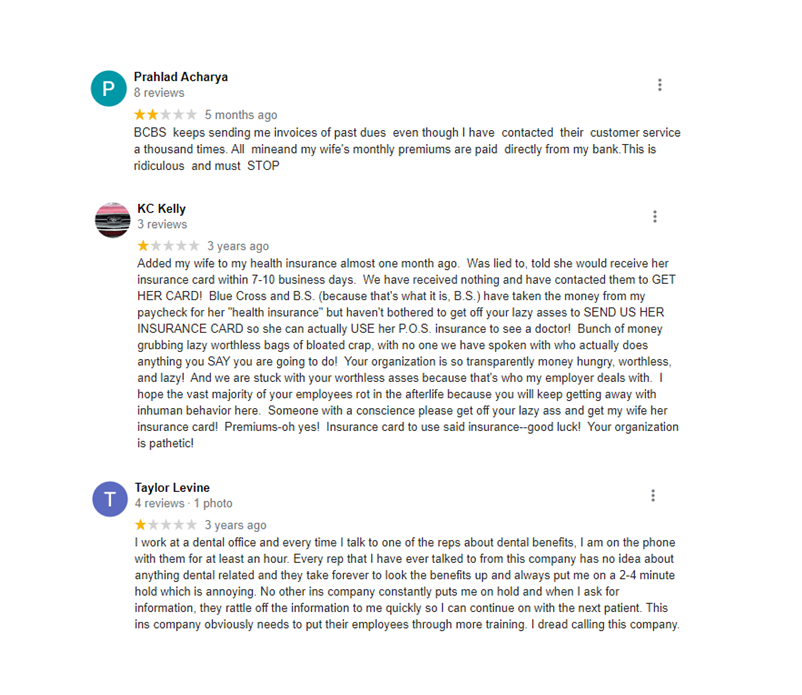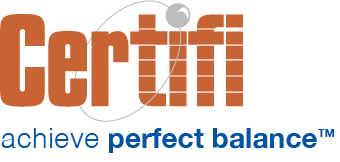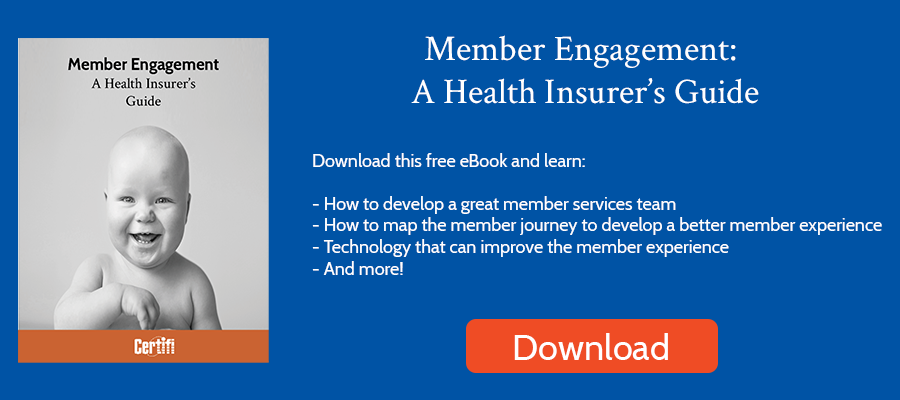I recently researched customer satisfaction scores of various health insurance companies and what I found was eye-opening. Using common review sites like Google, Yelp and the Better Business Bureau showed that most health insurance companies are poorly rated by their users. Frankly, if a business like a plumber or an electrician had such poor scores, they’d likely not be in business much longer.
This was obviously an unscientific look at health insurance customer satisfaction. And health insurers are at a disadvantage. They’re the offensive lineman of the business world – people only notice their insurance company if they do something wrong. Which likely leads to negative online reviews.
But it’s still troubling. Of note:
- Of the 63 insurers I reviewed, 3 of them had Google ratings above 3 on a five-point scale
- 6 insurers — almost 10% – had an F in the BBBs ranking
- 32 of the insurers — just over half — had Yelp scores of 1 on a 5 point scale. The highest Yelp score was 3.
Many of the reviews were focused on customer service. Like these:

So how do insurers improve customer service? There are many ways to do so, but a core focus should be on health insurance customer service representative training for those who serve on the front lines of communication with customers. With that in mind, here are some health insurance customer service representative training tips:
Onboarding
A successful onboarding program for new customer service representatives is the key to success. Onboarding is the process by which you orient new employees. When most people think of onboarding, they think of new hire forms, new computers, building access, etc. But onboarding goes far beyond those first-day setup items. It includes acclimating employees to their new work environment, teaching them the organizational culture, and teaching them their job function. A well-designed onboarding program can lead to happier new hires, better new hire retention, and — in the long-term — better employees.
Here are some tips to help you onboard your customer service representatives better.
Focus on the culture as much as the job.
Zappos built a culture of customer satisfaction by hiring customer-centric employees and encouraging them to build relationships with customers. Negative cultures breed negative customer experiences. So focus on your customer service culture. That approach won’t work for everyone but think about ways to give your employees the freedom to help customers and remove as many things as possible that make that difficult.
Vary the training methods.
HubSpot is a sales, marketing, and CRM tool. They leverage extensive, well-produced videos, detailed knowledgebase, and in-app help to onboard new customers. Their content is engaging and simplifies the process of setting up and using the product. They also offer many skills-based training and certifications for marketers, sales reps, and customer service reps. Contrast that with a new job I started about 20 years ago. They gave me a manual that must have had 1000 pages, told me to read it and I spent a week doing that. I retained little to none of that knowledge.
Don’t give your employees a training manual and ask them to memorize it. Vary your training with in-person training and self-guided training. Use videos to create more engaging content. Your goal is knowledge retention — and engagement — among your new customer service representatives. Leverage your existing customer service representatives to help, too. Don’t forget to have your new hires shadow your best employees or assign a mentor to each new employee. Many onboarding platforms can help you host this content and track your new hires as they progress. Capterra has a list of onboarding solutions here.
Gamify the training.
New employees are inundated with tasks. According to onboarding company Sapling, the average new hire has 54 activities to complete during their onboarding experience. Gamifying the experience means turning completing those tasks into a game.
How do you do that? For Deloitte, that meant retooling what was traditionally a three-day onboarding process for their new analysts. They created a zombie apocalypse game to provide training around consulting skills that were previously taught in the classroom. The result: they were able to reduce annual analyst onboarding costs.
Find ways to engage your new hires by gamifying the experience. That can be as simple as assigning points to tasks or knowledge and track progress or as complex as creating a zombie apocalypse storyline.
Test their knowledge.
You’re aiming to transition well-trained, knowledgeable new hires to full productivity quickly. One way to determine the success of your onboarding program is by testing your new hires. Some businesses build tests that follow each lesson, others opt for a test at the end of the program. Whatever you choose, make sure to build a testing component into your onboarding program so you can track the progress of your new hires.
It’s also important to test their knowledge of your customer service technology stack. Their ability to navigate your technology is more and more important as customer service’s reliance on technology grows — including health insurance artificial intelligence solutions.
Always improve.
Finally, always strive to improve the onboarding program. The best way to do that is to leverage the tests you’re giving employees to ensure they’re retaining the knowledge required to be a great customer service representative.
You should also leverage new hire feedback to improve the program. Once they’ve completed the new hire onboarding, send them an anonymous survey so they can honestly relate their experience.
Product Knowledge
Onboarding provides the base from which your employees learn, but you’ll need ongoing training for all employees. There are several ways to do that, but whatever you do it’s best to have a regular rhythm for delivering ongoing training. Those updates can take the form of:
- A weekly Q&A between the customer service representatives and members of the product and development teams.
- A periodic video update from your product team.
- Don’t forget to include your sales and marketing teams as well. They have valuable insight to provide to customer service representatives about what buyers want in health insurance products and can help frame organizational sales initiatives.
- Training from leadership about the organization’s quarterly or annual strategic goals. It’s important to align what customer service representatives do in the trenches with the overarching goals of the organization.
- A daily standup meeting to talk about any of yesterday’s top-of-mind-issues.
- Internal communication tools like Slack or Teams can be great ways to solicit questions and deliver impromptu training to the large groups as well.
Finally, leverage data to make the most out of these regular updates. A team leader should be reviewing any customer feedback, complex questions, and sampling phone calls to deliver individual and group coaching and training. If there’s a common issue that angers customers, determine a solution and train the team.
Customer Interaction Training
Your customer service representatives interact with customers all day. You must provide some type of customer interaction training so they know how to handle all types of customers. The training may include:
- How to keep a positive tone and attitude
- Tips to remain calm during difficult calls
- How to speak clearly
- Tips to listen effectively
- How to be empathic
- Maintaining control of a conversation
Call sampling is a good way to teach these skills. At your daily standup or weekly team meeting, select some calls from the previous day to discuss. Have the team provide ideas on what went well and suggestions to improve the call. It will be painful at first, but if you’ve hired the right employees and develop the right culture, you’ll soon start hearing the suggestions from those meetings arriving in calls. Just be sure to accentuate the positives of each call so employees don’t feel beat up.
Recognize and Reward
Customer service is a difficult job. Dealing with complex issues and upset customers can be demoralizing. As a result, your leadership team should constantly and consistently recognize and reward the efforts of your customer service representatives. Leverage KPIs, customer feedback, and encourage internal referrals to identify success. Then reward those successes with:
- Lunch — Who doesn’t love to eat? Reward the team with lunch away from the office. It not only rewards great work but builds bonds among your team.
- Flexible Time — It’s not always easy given your staffing requirements, but time is the most valuable commodity employees have. Reward them with flexible hours or the ability to work from home on specific days.
- Give employees a unique gift – Know your employees. Once you do, you’ll be able to give more meaningful gifts. Say you have a football fan on your team — give them tickets to their favorite team to reward great work.
- A simple thank you note or video — You’ll be amazed at how a personalized thank you note or video will be received.
- Create a Wall of Fame — Create a wall of fame with stories of great customer service.
- Give them a LinkedIn recommendation describing their customer service success – Publicly recognizing their effort on LinkedIn can go a long way toward great morale.
Improving your customer service is imperative in a more competitive health insurance market. Leverage these health insurance customer service representative training tips to continually improve your customer service team.
Certifi’s health insurance premium billing and payment solutions help healthcare payers improve member satisfaction while reducing administrative costs.



